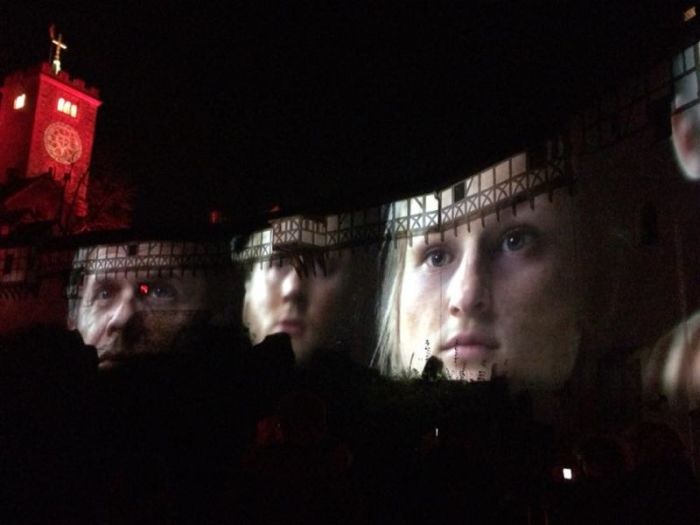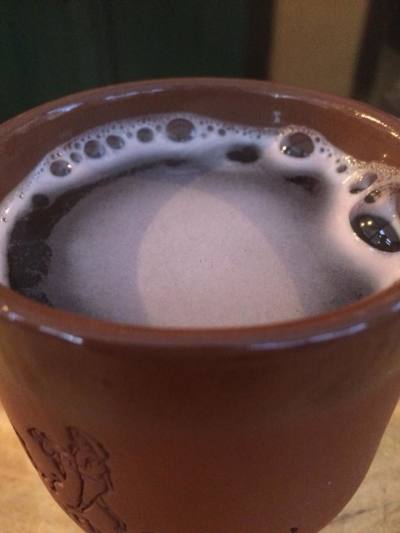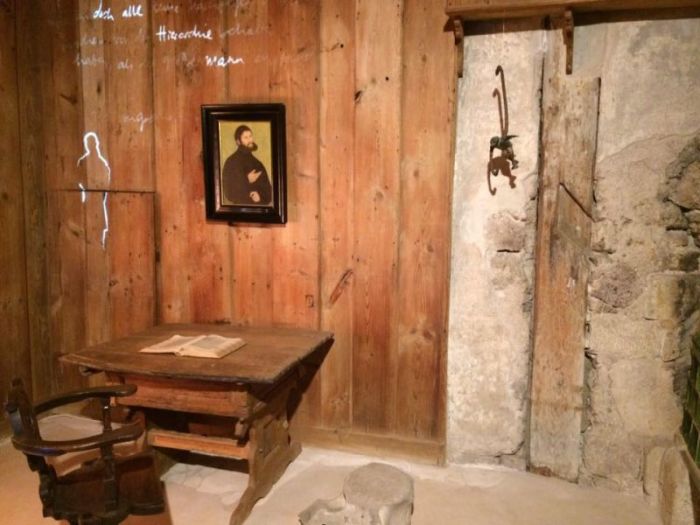A Look Inside the Wartburg Castle Where Martin Luther Translated the New Testament

Atop a hill overlooking the town of Eisenach in the German state of Thuringia, the Wartburg is an iconic building. During the final week of October and into November, the castle wall was illuminated with scenes from a film that told the story of Luther.
Mulled wine, glühwein, a popular hot beverage at Christmas markets in Germany, was sold in clay cups for a few Euros nearby.

The Wartburg has become a symbol over the years of a united Germany. During the WWII era, a swastika was put on the castle in place of a cross. The cross was returned amid outcry, according to the guided audio tour.
The castle was added to the UNESCO World Heritage site list in 1999.
The study, where Luther spent many hours poring over the pages of the Bible and translated the Greek New Testament into everyday German, is pictured here.
This room has particular meaning for many Protestant pilgrims who travel to Germany and is a stop on several Luther tours. Standing in the study is a regular part of ordinary tours of the Wartburg as it is not unique to the special Luther exhibit. It was considered radical in Luther's day that the common man could read the Bible for himself.





























